Whether you are a business servicing and maintaining several real estate properties or need to maintain the premises of your commercial clients, a facilities maintenance...
Learn More...Efficiently manage your field service team’s time with improved facility management. Automate scheduling and dispatching, track and manage contracts, and stay on top of your invoice payments.
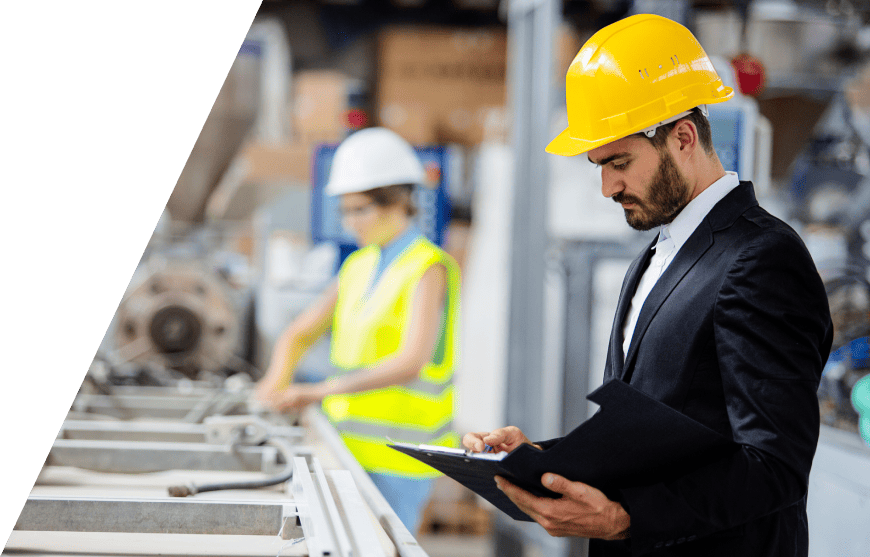

Scheduling in Real-Time for Emergency Snow Events
"The Zuper Pro field service management app has been a real game-changer for us. We can now easily track jobs and communicate with our workers in the field, which has led to a significant improvement in our service delivery. The app is easy to use and it’s been a huge help in managing our growing business.”
Jon Caiger GM, Grime Fighters


Scheduling in Real-Time for Emergency Snow Events
"The Zuper Pro field service management app has been a real game-changer for us. We can now easily track jobs and communicate with our workers in the field, which has led to a significant improvement in our service delivery. The app is easy to use and it’s been a huge help in managing our growing business.”
Jon Caiger GM, Grime Fighters

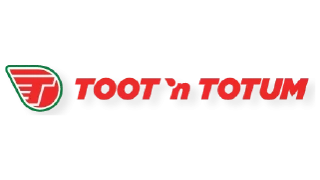

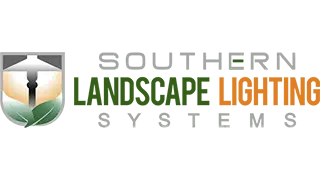
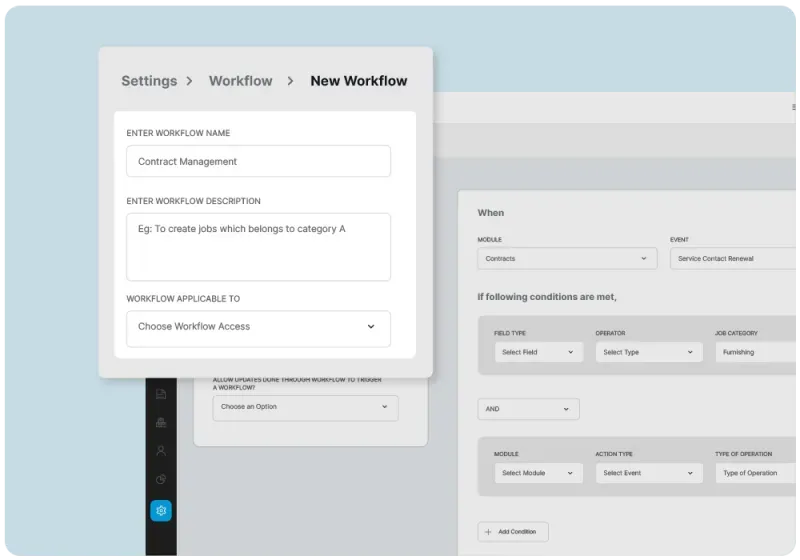
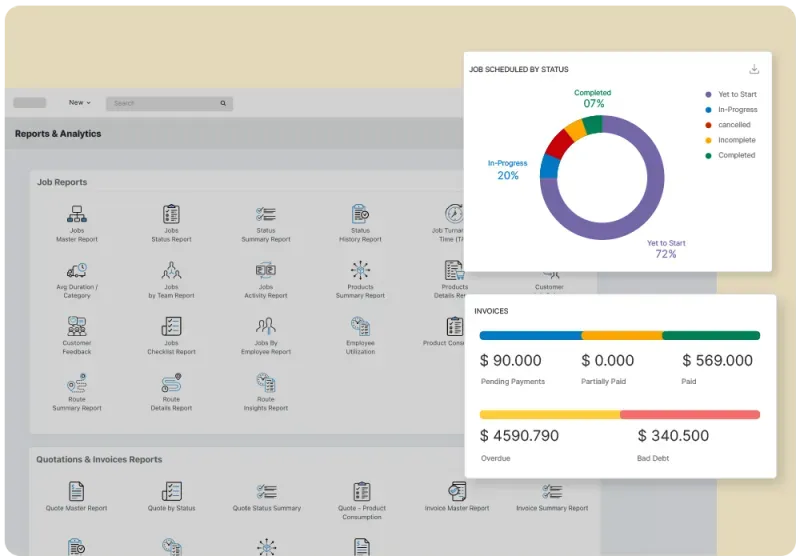
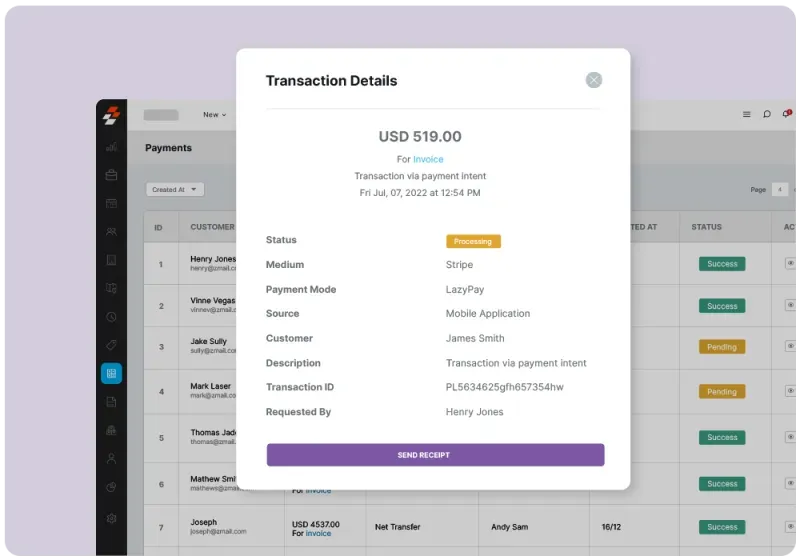
Whether you are a business servicing and maintaining several real estate properties or need to maintain the premises of your commercial clients, a facilities maintenance...
Learn More...Streamline your workflows and optimize your field workforce with assisted scheduling.
Learn More...It’s no secret that consumer expectations are evolving at a break-neck speed. But what may be surprising is just how fast things are changing. In...
Learn More...